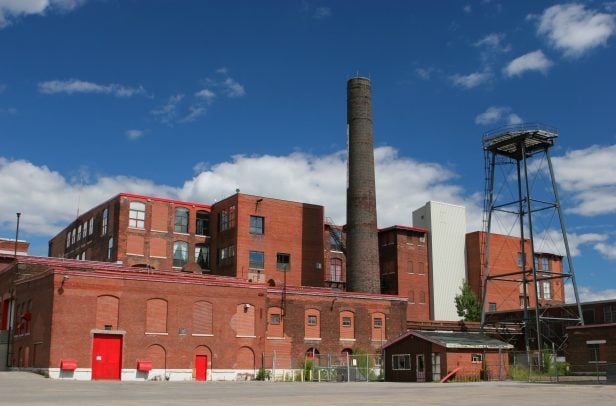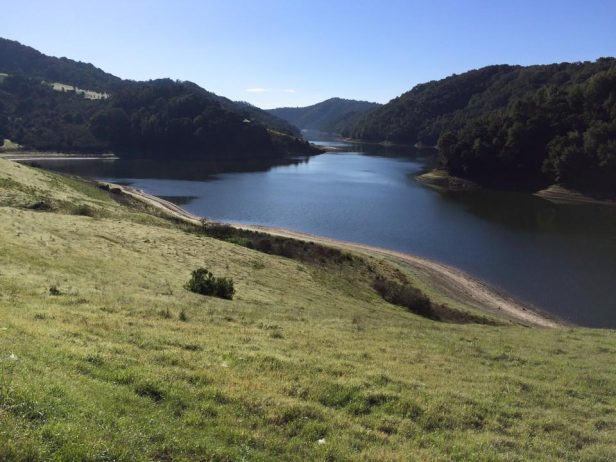 Carlo A. Scissura, CEO and president of New York Building Congress
Carlo A. Scissura, CEO and president of New York Building Congress
NEW YORK CITY—The American Society of Civil Engineers has rated the country's infrastructure with a D+. The ASCE report which comes out every four years, in 2017 estimated $2 trillion more would be needed for critical infrastructure repairs by 2025.
Next week the New York Building Congress is meeting with political leaders in Washington, DC to advocate the following 10-point plan to fund and fix the nation's infrastructure including the problems in the northeast corridor. It might not be easy for everyone to swallow as it involves new taxes. But the NYBC urges the measures below to develop and maintain roads, transit, bridges, tunnels, railways, airports, waterways and energy infrastructure.
(1) Raise the gas tax. The NYBC puts this as the front runner for funding infrastructure. They say this can keep the Highway Trust Fund solvent and provide revenue for new transportation projects. Although a vehicle miles traveled (VMT) tax could account for electric and hybrid vehicles, it has enforceability and privacy obstacles. The building congress states in the near term a gas tax increase can better address the short-term funding shortfall.
(2) Expand and create new federal loan programs. The federal government can expand programs including the Transportation Infrastructure Finance and Innovation Act, Water Infrastructure Finance and Innovation Act and Railroad Rehabilitation and Improvement Act.
(3) Issue infrastructure bonds. The NYBC notes these bonds cold be backed by revenue of long-term funding such as a gas tax, user fees and tolls. Regulatory review could be streamlined to a “one agency, one decision” process.
(4) Streamline the permitting process to expedite projects and reduce costs. This can help contractors maintain timelines, reducing the time and costs for the federal government.
(5) Establish public private partnerships. P3s can encourage private investment into infrastructure projects. The NYBC also suggests that the federal government could remove statutory and regulatory barriers to P3s and create competitive programs to leverage public dollars, and expand private activity bonds.
(6) Expand user fees and congestion pricing programs. The NYBC points out the federal government can offer financial support and incentives to municipalities implementing congestion pricing plans when tied to capital improvements.
(7) Update the Harbor Maintenance Fee so those who benefit from ports and harbors share in the cost of the maintenance. Updated fees could account for inflation of the actual costs associated with using, maintaining and improving ports.
(8) Raise the airline passenger facility charge, which since 2001 has been capped at $4.50 per boarding. The revenue could fund capital improvements at the airports where the boarding occurs.
(9) Introduce a rail passenger charge. This would be similar to the charges currently in place for airlines. As no federal tax currently exists with Amtrak tickets, the revenue could be used for capital improvements at Amtrak stations and railways.
(10) Make changes to the tax code. Roll back tax loopholes. Fix parts of the Tax Cuts and Jobs Act, or implement new taxes for infrastructure investments.
The NYBC concludes that the overall tax increase acknowledges that all Americans benefit from a strengthened and modernized network of infrastructure. An NYBC representative tells GlobeSt.com the organization will meet with leadership in both the House and Senate, along with the chairs and ranking members of committees working on infrastructure investment.
Want to continue reading?
Become a Free ALM Digital Reader.
Once you are an ALM Digital Member, you’ll receive:
- Breaking commercial real estate news and analysis, on-site and via our newsletters and custom alerts
- Educational webcasts, white papers, and ebooks from industry thought leaders
- Critical coverage of the property casualty insurance and financial advisory markets on our other ALM sites, PropertyCasualty360 and ThinkAdvisor
Already have an account? Sign In Now
*May exclude premium content© 2024 ALM Global, LLC, All Rights Reserved. Request academic re-use from www.copyright.com. All other uses, submit a request to [email protected]. For more information visit Asset & Logo Licensing.








